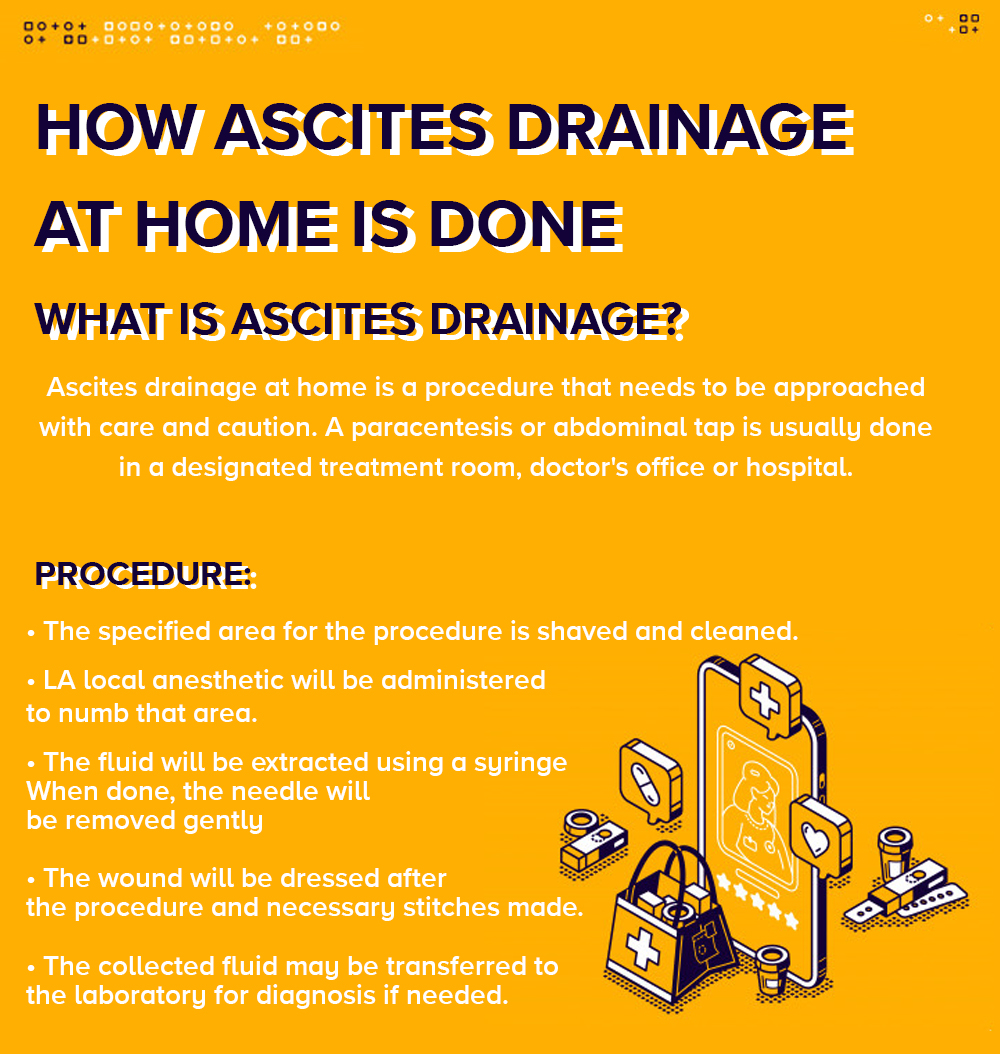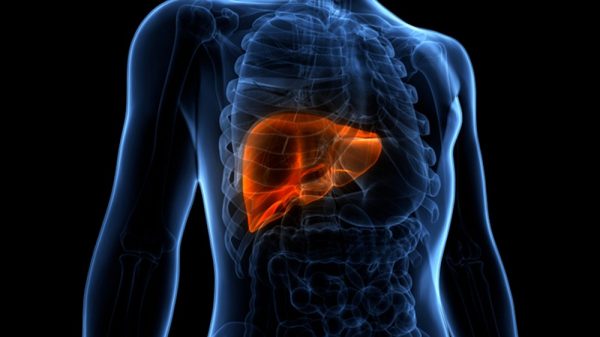Paracentesis or abdominal tap is the name of the procedure that involves removing accumulated fluid in the peritoneal cavity otherwise known as the abdominal cavity. This cavity is the region between the spine and the abdominal wall. Excess fluid accumulated in this cavity is referred to as ascites. Some patients would prefer having their ascites drainage at home which is possible. You probably know already that ascites is an abnormal condition and it is commonly caused by fibrotic liver scarring. Other causes are infections, kidney diseases, bowel damage, pancreatitis, heart failure, tuberculosis, cancer.
Ascites may lead to symptoms like difficulty in breathing, pain and bloating. Paracentesis is performed to extract this excess abdominal fluid and find out its cause. Ascites are not a stand-alone condition it usually arises as a result of some other health issue and if this underlying issue can be successfully treated then ascites will go too. Some people with ascites may have to undergo multiple paracentesis fluid continues to accumulate. Find out how a paracentesis is carried out.
How Ascites Drainage At Home Is Done
There are certain measures your doctor will take before starting paracentesis on it.a pA physical examination will be done first to ascertain the diagnosis after which medical history will be taken. Some laboratory tests may also be conducted.
A paracentesis or abdominal tap is usually done in a designated treatment room, doctor’s office or hospital. The patient is not to drink or eat anything twelve hours pre-procedure. You will also be told to urinate.
This procedure takes about fifteen to twenty minutes and does not require any general anesthesia. Here is what a paracentesis requires:
The specified area for the procedure is shaved and cleaned.
LA local anesthetic will be administered to numb that area. This will prevent you from feeling any discomfort or pain. If the fluid to be removed is quite large then your doctor may cut a small portion of your skin so that the needle can go through it.
After the area has been prepared and is ready, a needle will be inserted into your skin one to two inches deep. The fluid flows into the syringe and is extracted.
When this is done the needle will be removed gently. An ultrasound may be used or not during this procedure. The volume of fluid extracted depends mostly on the initial intent of the paracentesis. A little diagnostic tap may be performed or a bigger one.
A bigger volume tap allows more fluids to be removed decreasing the pain and pressure. For this larger volume, a tube might be attached in between the syringe and needle so as to provide more space for the fluids.
Your wound will be dressed after the procedure and necessary stitches made. The collected fluid may be transferred to the laboratory for diagnosis if needed.

Paracentesis Risk
Risks connected with paracentesis are rare with the most common being fluid leaking immediately after the entire procedure and minor breathing troubles. You usually have to stay behind in the designated treatment room or doctor’s office till they clear up.
Other possible risks include:
- An infection
- The bowel, bladder or blood vessel accidentally punctured
- An acute type of kidney injury
- A decrease in pressure of the blood which only happens if a large fluid volume is removed
There are some risk factors that may increase your chances of developing complications particularly if there is cirrhosis. An infection may also be developed if you are a heavy drinker or smoker. Poor nutrition also affects infection risks.
If you notice any of the following symptoms contact the doctor immediately:
- Fever
- Chills
- Increased pain
- Swelling at the puncture site
- Redness at the puncture site
- Bleeding
- Fluid leakage
- A cough
- Breath shortness
- Chest pain
- Fainting
- Increased swelling of the abdomen
Understanding Paracentesis Results
Cirrhosis is usually the cause of fluid accumulation in the abdominal or peritoneal cavity that requires this paracentesis procedure. Since cirrhosis cannot be reversed, any treatment given to a person with this condition is focused on preventing more damage to the liver.
The appearance of ascites often signals imminent liver damage. Other possible causes and results of fluid retention are:
| Infection | Lymphatic fluid leakage |
| Abdominal injury | Pancreatic disease |
| Liver disease | Tumor |
| Bowel damage | Internal bleeding |
| Heart disease | Decreased blood protein levels |
| Kidney disease |
Based on paracentesis results and other tests conducted, further medical attention may be required. The doctor may also recommend that bodyweight is monitored to easily identify more fluid accumulation. More tests may be performed too such as CT scans, blood tests, and ultrasound.
Recovery and Outlook
Excess fluid accumulation in the peritoneal or abdominal cavity is abnormal. Therefore a paracentesis is necessary to extract these fluids and find out its cause.
Recovery from paracentesis is typically straightforward. You will most likely get back to your normal activities as soon as the wound is perfectly healed. But you should consult your doctor before engaging in physical activities and exercises especially if you were stitched up.
The outlook will depend on what caused the ascites. Your condition will determine if more paracentesis needs to be done in the future that is if there is continual fluid accumulation. According to a reputable health institution, liver disease patients with ascites have thirty to forty percent survival chance for the next five years. a liver transplant will be needed here.
Summary
You can have your ascites drainage at home but ensure that whoever is performing the procedure is well trained. And go to the hospital as soon as you develop any of the symptoms we mentioned earlier. Ascites are normally not life-threatening but its cause may be hence it needs to be taken seriously.























